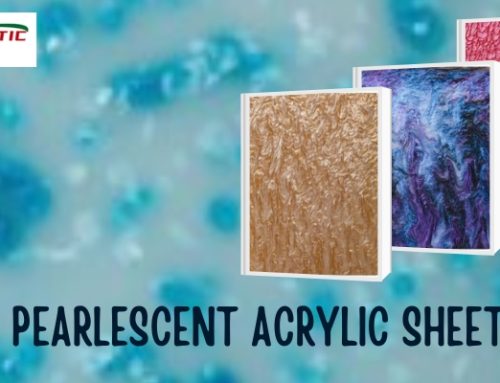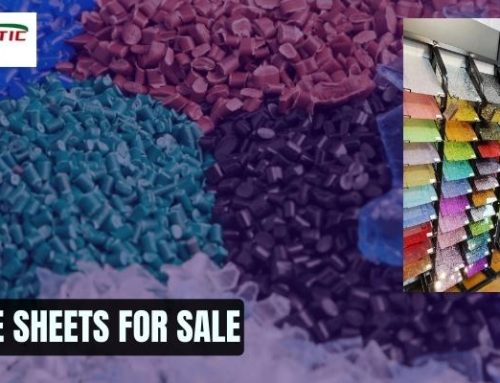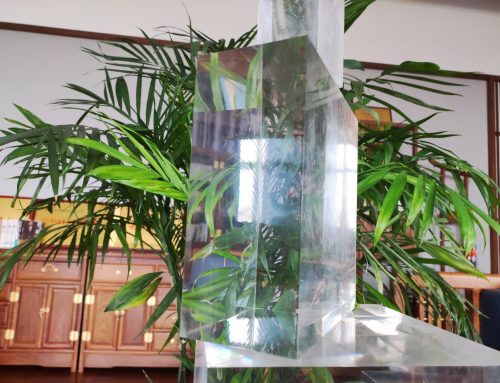Cleaning Acrylic
Wash Acrylic sheet with a mild soap or detergent and plenty of lukewarm water. Use a clean soft cloth, applying only light pressure. Rinse with clear water and dry by blotting with a damp cloth or chamois. Grease, oil or tar may be removed with a good grade of hexane, aliphatic naphtha, or kerosene. These solvents may be obtained at a paint or hardware store and should be used in accordance with manufacturer’s recommendations. Any oily film left behind by solvents should be removed immediately by washing with soap and water.
Do Not Use: Window cleaning sprays, kitchen scouring compounds, or solvents such as acetone, gasoline, benzene, carbon tetrachloride or lacquer thinner. Static electricity can attract dust to acrylic sheet. To reduce it, use an anti-static cleaner such as Novus #1 Clean & Shine, which is available at ECHO Acrylic’s.
Cutting Acrylic with a Knife or Scriber
Acrylic sheets up to 3/16″ thick may be cut by a method similar to that used for cutting window glass. Use a scribing knife to score the sheet. Draw the scriber several times (7 or 8 times for a 3/16″ thick piece) along a straight edge held firmly in place. It is best not to remove the protective masking

Make the cuts carefully using firm, even pressure. For best results make each stroke cleanly off the edge of the sheet. Then, clamp the acrylic sheet or hold it rigidly under a straight edge with the scribe mark hanging just over the edge of a table. Protect your hands with a cloth and apply a sharp downward pressure to the other side of the sheet.

It will break along the scratch. Scrape the edges to smooth any sharp corners. This method is not recommended for long breaks, thick material or edges that are to be glued.
Cutting Acrylic with Power Saws
Saw blades should be sharp and free from nicks and burrs. Special blades for cutting acrylics are available for most types of saws; otherwise, use blades designed for cutting metals, especially aluminum or copper. Teeth should be fine, of the same height, evenly spaced, and with little or no set. We recommend 60 – 80 teeth min.
Drilling Acrylic
For best results use drill bits specially designed for acrylic. Regular twist drills can be used but the cutting edges must be modified to prevent the blade from grabbing and fracturing the acrylic.
Forming Acrylic with a Strip Heater
A strip heater is without a doubt the most useful acrylic-forming device in the home craftsman’s arsenal. Used properly, it is perfectly safe. A correctly assembled strip heater will not exceed safe heat. A strip heater can only be used to form straight-line bends. It will allow you to make those bends with a minimum of trouble and a minimum of electricity. A strip heater heats only the area to be formed, there is no need to heat the entire sheet if you only intend to make a straight-line bend. It heats quickly, and with a little care you’ll get excellent results because the rest of the piece stays cool.
Polishing Acrylic
The original high luster of acrylic sheet can be restored to the edges and surfaces by polishing. Inexpensive buffing wheels are available as an attachment for any electric drill, as well as proper buffing compounds.





